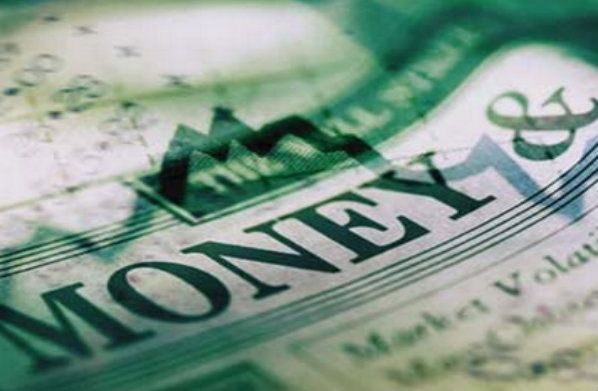No matter how many qualifiers you attach to it, Wednesday’s GDP report was terrible news. After initially estimating first-quarter growth at 0.1 percent, and then bumping it down to negative 1 percent, the Bureau of Economic Analysis (BEA) now pegs it at negative 2.9 percent. The BEA also calculates that America’s current-dollar GDP — that is, the market value of our total economic output — shrank by 1.7 percent. “These are extraordinarily weak numbers,” writes American Enterprise Institute economist John Makin, calling the current-dollar-GDP decline “a ‘Japan-Lost-Decade’ style number.” The last time real GDP contracted by a larger amount in a single quarter was the first quarter of 2009, when the economy was still in recession.
Now for the caveats: As many commentators were quick to point out, the beginning of 2014 was marked by some particularly harsh winter weather, along with a surprising drop in health-care spending, and it seems the economy picked up significantly over the past three months. “Forecasters are expecting a healthy pop of growth in the second quarter,” observes New York Times correspondent Neil Irwin, citing a Macroeconomic Advisers projection that Q2 growth will reach 3.5 percent. And yet, as a Joint Economic Committee analysis reminds us: “Even if growth rebounds to 3.5 percent in the 2nd quarter, the annualized growth rate for the first six months of the year would come in at under 0.5 percent.”
Indeed, the painful fact remains that, five years after the Great Recession formally ended, our economy is much weaker than most people thought it would be. It’s not unreasonable to fear that the recession may have done permanent harm to America’s long-run growth potential. “Last week the Fed said long-term growth would be 2.1 percent to 2.3 percent,” notes Bloomberg View columnist Clive Crook. “In 2010 it said 2.5 percent to 2.8 percent. The Fed no longer expects the economy to get back on its pre-crash track — ever.” The Bureau of Labor Statistics (BLS) likewise believes that the duration and severity of the 2007–09 downturn “left lasting scars on the economy,” and the BLS therefore “expects slower GDP growth to become the ‘new normal.’”
In other words, while we certainly shouldn’t ignore the role that harsh weather played in causing America’s first-quarter GDP contraction, we also shouldn’t overstate the fundamental health of our economy. Irwin concludes his piece with a sobering reality check:
The fact that the economy as a whole could show such a sharply negative result thanks to a few idiosyncratic factors is also a reflection of the underlying weakness in the economy.
When growth is strong, even some bad weather and an unexpected inventory swing do not cause a contraction in the economy, or at least not a contraction on the scale reported for the first quarter of 2014. But because the pattern of growth has been roughly in the 2 percent range or a bit below for years now, the economy is more vulnerable to shocks that leave activity in negative territory.


